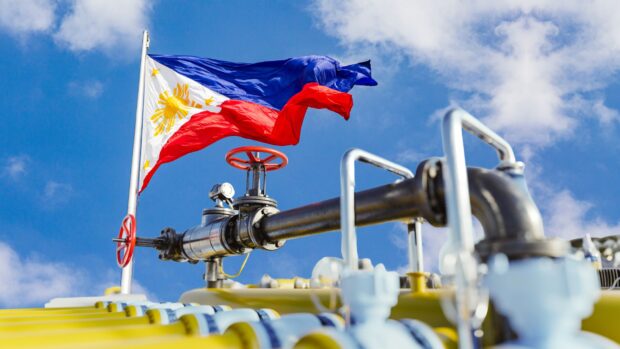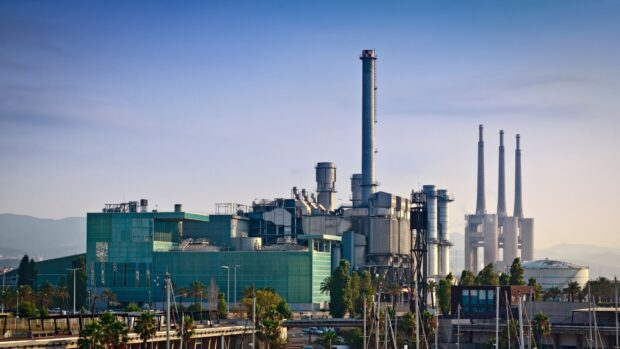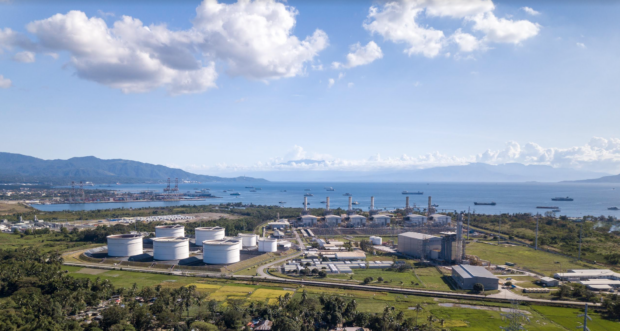Natural gas is the bridge fuel to a greener Philippines. Here’s why
![]()
Increased energy consumption comes hand in hand with economic growth. However, while it supports growth, electricity generation is one of the main drivers of climate change due largely to the massive amount of carbon emissions caused by the burning of coal – which remains one of the dominant sources of energy around the world, including the Philippines.

There is no denying that the effects of climate change – in the form of severe weather disturbances – are felt immensely especially in the Philippines: from Typhoon Ondoy, which submerged most of Metro Manila in 2009, to the large swath of devastation wrought by Super Typhoon Yolanda in 2013, to the torrential rainfall brought about recently by Tropical Storm Paeng last October 2022, and Typhoon Rosal in December 2022 which brought rains to Luzon.
Our country’s location in the Pacific typhoon belt and the Pacific Ring of Fire already makes us one of the most vulnerable to extreme weather and one of the most disaster-prone countries in the world. This has been further exacerbated by climate change.
In fact, according to the latest Global Climate Risk Index published in 2021 by Germanwatch, an independent development and environmental non-governmental organization, the Philippines was ranked fourth among countries most susceptible to suffer the damaging effects of climate in the report Long-Term Climate Risk Index, covering two decades, from 2000-2019.
Despite this vulnerability to the effects of climate change, the share of high-emission, coal-fired power capacity in the Philippines’ power generation mix has only climbed since 2008. A report by the Institute for Energy Economics and Financial Analysis in 2021 shows coal contributing 57% of the country’s power.

Coal power also set a record growth in the country in 2021 in terms of coal share in electricity generation, according to Ember’s Global Electricity Review 2022. This also pushed power sector CO2 emissions to rise to an all-time high.
Despite this, the push for renewable energy became more prominent in recent years. In 2017, the Philippine Senate unanimously voted to ratify the Paris Agreement on Climate Change, joining 133 other parties to the Agreement, which represented more than 80% of global greenhouse gas emissions. The Philippines committed to cutting carbon emissions by 70% by 2030 and raised its target to cut greenhouse gas emissions to a 75% reduction. It also imposed a new moratorium on production of new coal power plants, with the target to make renewable energy account for 35% of the Philippine energy mix by 2030, and 50% by 2040.
In place of the phased-out coal plants, the government is touting natural gas as an alternative for coal plants that will hasten the transition to a renewable energy future.
Natural gas is cleaner than coal and has a smaller carbon footprint
Natural gas is the cleanest burning of all fossil fuels. This is backed up by the U.S. Energy Information Administration, whose studies show that burning natural gas for energy results in fewer emissions of nearly all types of air pollutants and carbon dioxide (CO2) than burning coal to produce an equal amount of energy. Natural gas emits almost 60% less CO2 than coal.

Natural gas also does not leave behind by-products such as sludge, ash, and particulate matter that are harmful to our overall health and the environment. Using natural gas instead of coal will help in reducing the carbon footprint of the Philippine power sector. In turn, a lower carbon footprint would mean less impact on the environment.
Natural gas is a reliable and flexible complementary energy source to wind and solar power
Having a greener country can only be achieved if a significant supply of power will be provided through cleaner ways.
Renewables account for 21% of the country’s power, and this is seen to pick up with the plan to switch to clean energy. However, transitioning to renewable energy has to be done in a way that would not cause undue burden on consumers and the economy. While solar and wind energy are viable and clean, they are still unreliable due to their intermittency. This means they still cannot deliver a steady supply of electricity when there is not enough wind and sunlight.
Too fast a transition and we could end up with more power shortages, which would be detrimental to the economy; too slow and we may end up being too late in mitigating the harmful effects of climate change. It is critical that we get this transition right and in this delicate balancing act, natural gas serves as the bridge in transitioning to 100% renewable energy.
Natural gas serves as a helping hand to intermittent sources of energy and can quickly back-up renewable energy when these are not available. Natural gas plants can start up in as fast as 15 minutes, easily bridging the gap in the power grid, when renewable energy sources cannot generate the amount of power needed.
About First Gen
First Gen paved the way for the birth of the natural gas industry in the Philippines and leads in the production of renewable energy. It runs on absolutely 0% coal power, producing 3,495.2 megawatts of electricity and powering 19% of the country with clean energy, as of December 2021.
Aside from natural gas, First Gen has a roster of renewable energy facilities such as hydro, wind, solar, and geothermal. The company currently has four natural gas-fired power plants. The 500-MW San Lorenzo, 420-MW San Gabriel, and 1000-MW Santa Rita power plants deliver baseload power, while the 97-MW Avion capitalizes on peaking power in the grid of Luzon to meet growing demands.
Aware of how the planet’s life support systems and social institutions are near breaking point, First Gen commits to forging collaborative pathways for a decarbonized and regenerative future. It has chosen to lead the transition to a decarbonized energy system in line with the United Nations Intergovernmental Panel on Climate Change (UN IPCC) target of limiting global warming to 1.5°C. This chosen path will enable shared prosperity and well-being in ways that will regenerate the Philippines and our planet for future generations.
To know more about Natural Gas and First Gen, visit its official website at https://natgas.firstgen.com.ph/.
INQUIRER.net BrandRoom/QEC/FE














